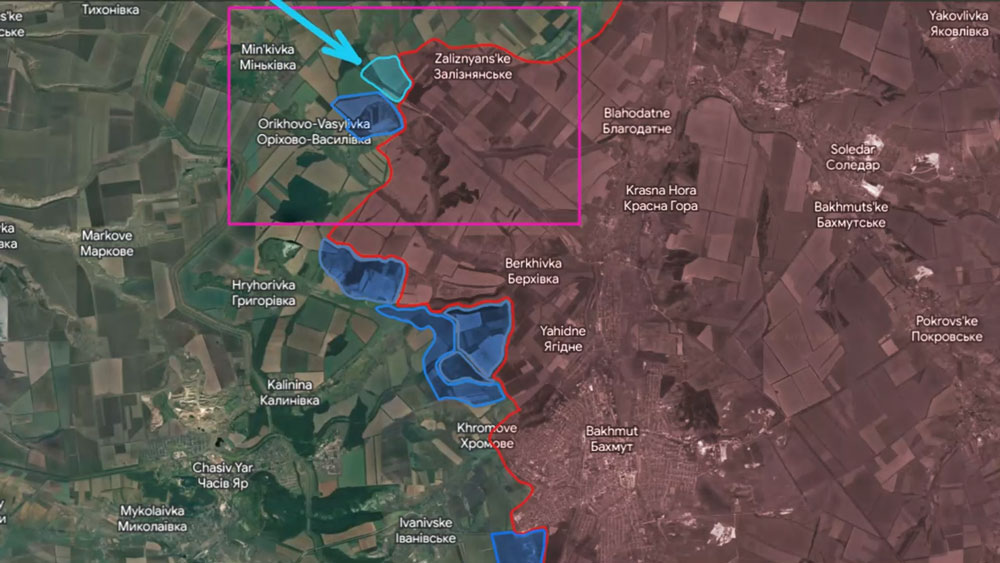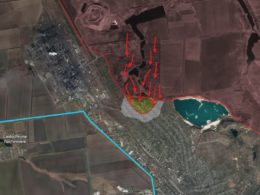On the night of 30 August, Ukrainians conducted one of the biggest strikes on strategic bases deep inside the Russian Federation. Judging by the reports, it has already become the most successful Ukrainian strike.
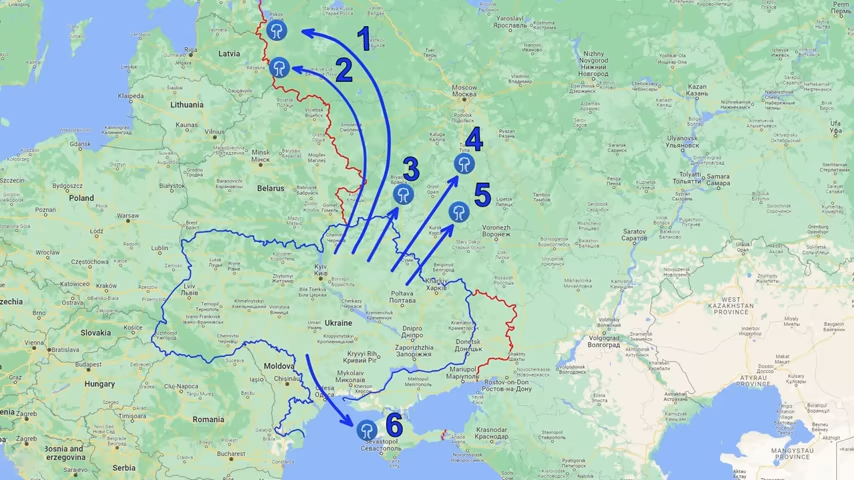
The first target of the strike was the base of the Russian 334th regiment, located near the main airfield in the Pskov region, approximately 700 km from Ukraine.
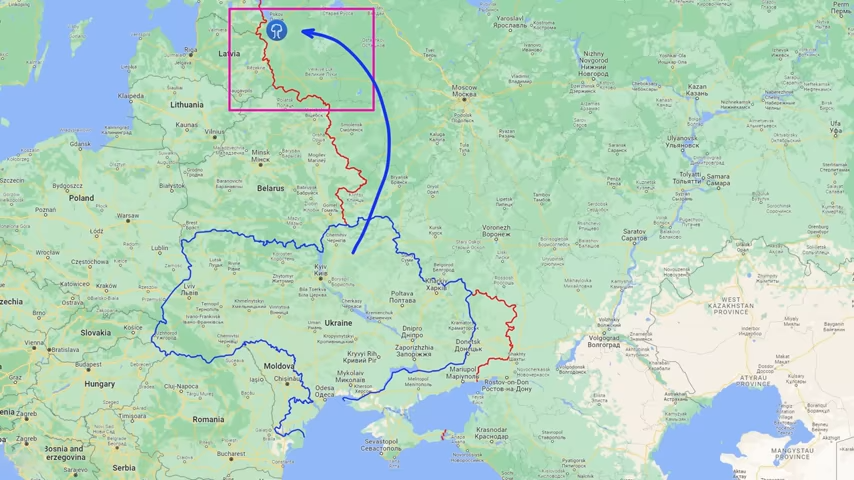
In total, Ukrainians carried out three waves of attacks. The initial wave consisted of only two drones, both of which were shot down by Russian air defense near the airfield. Recognizing the effectiveness of their chosen trajectory, which allowed the drones to traverse 700 km undetected, Ukrainians promptly launched the second wave.

The second wave comprised at least ten drones. Local residents reported that the drones were flying in a formation with equal spacing between them. Locals also reported hearing several explosions away from the base, indicating that while Russian air defense managed to intercept some drones, it was insufficient to prevent them from reaching the airfield.
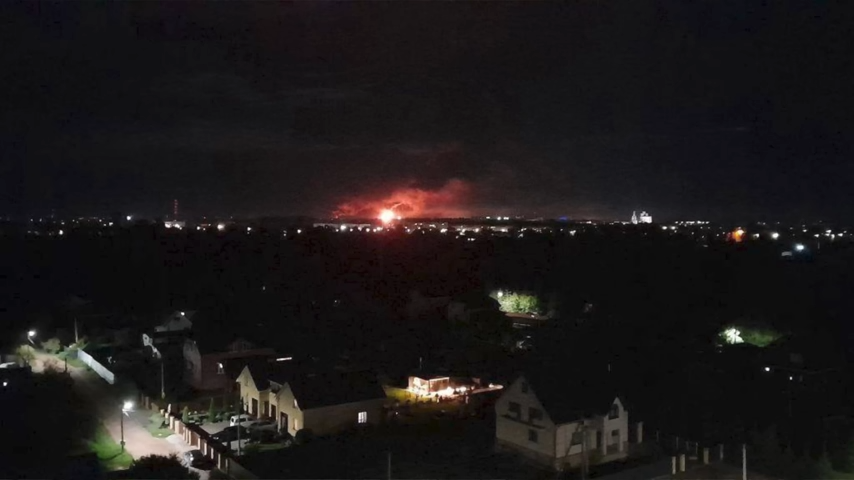
Geolocated footage reveals Russian forces resorting to machine guns in a final effort to protect the airfield, but their efforts proved futile. Consequently, a significant explosion occurred, leading to a fire on the airfield’s premises.
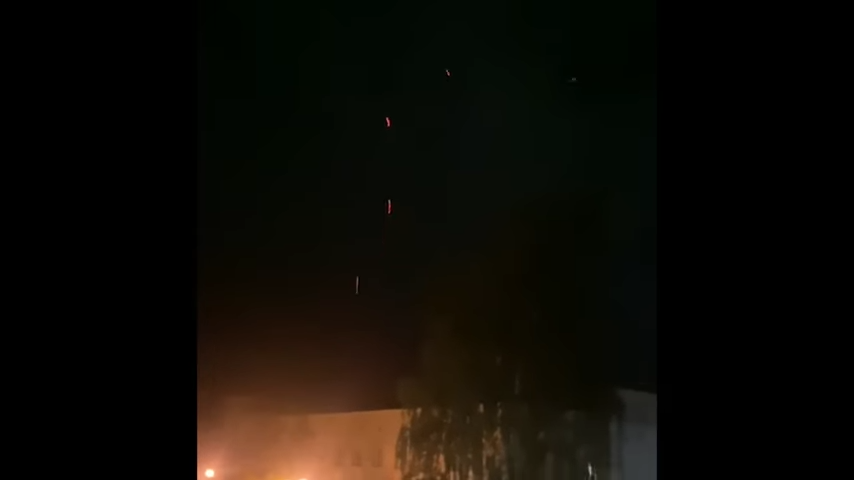
Russian sources stated that two strategic IL-76 aircraft were damaged, and the primary fuel depot was destroyed. Contrarily, some Ukrainian sources claimed that the explosion originated from an ammunition depot, with the ensuing fire arising from the fuel depot, resulting in additional aircraft damage.
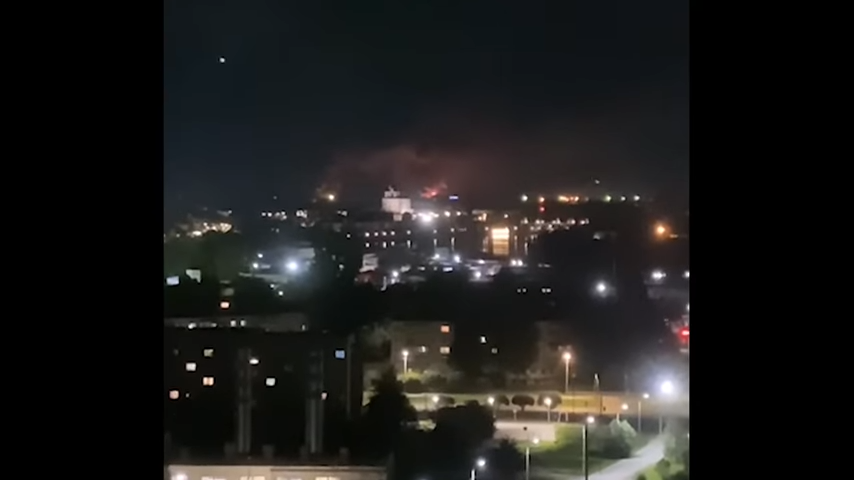
Russian analysts started blaming individuals who filmed the air defense operations and shared footage depicting the drones’ proximity. They urged against posting footage from the second wave, especially highlighting the areas successfully hit by Ukrainians, but these efforts were in vain.
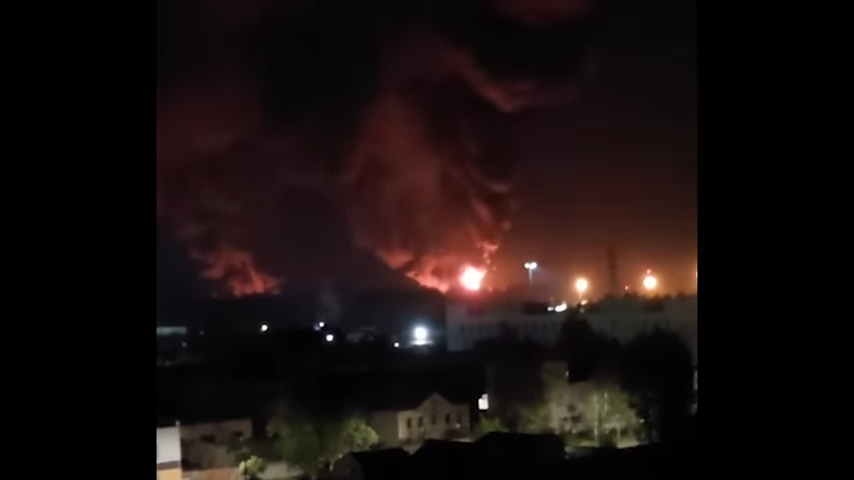
Ukrainian forces launched a third wave of drones, adjusting the trajectory to target new areas. Soon, explosions resonated from the base, and Russian sources reported that two more strategic IL-76 aircraft were destroyed. Local accounts indicated a minimum of ten additional explosions on the airfield, suggesting the extent of destruction and losses was much greater.
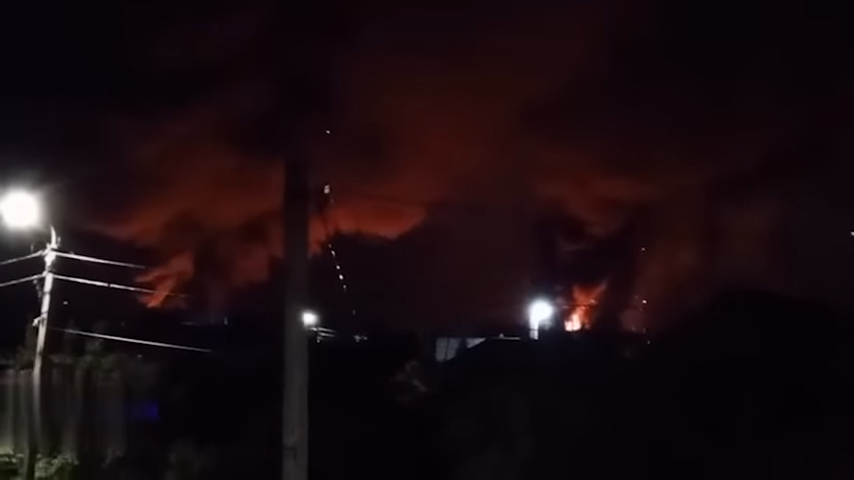
As the third wave concluded, Russians initiated the Edelweiss Plan across the entire region, causing panic. Russian forces cordoned off the airfield, restricting access in the vicinity. Simultaneously, they commenced an urgent evacuation of the remaining strategic IL-76 aircraft.
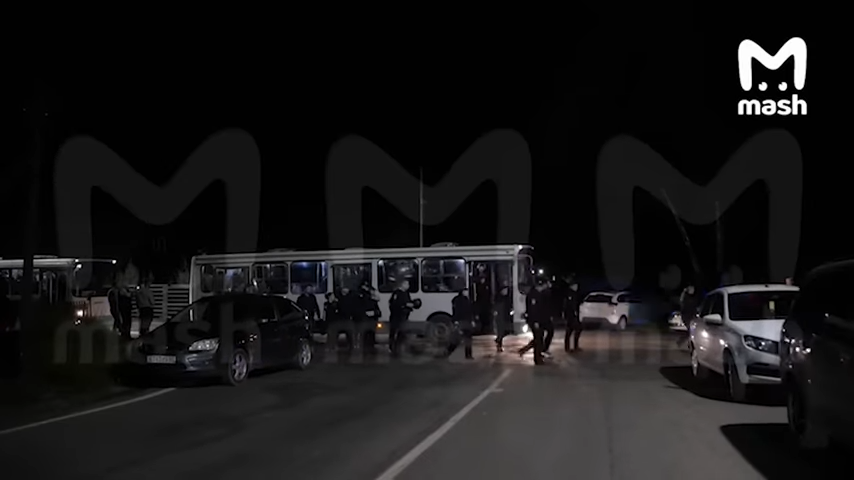
Incidentally, IL-76 was pivotal in slowing down the Ukrainian counteroffensive in the Kharkiv region the previous year. These aircraft facilitated the transport of heavy machinery, including tanks and armored vehicles, allowing Russians to stabilize the situation around Svatove and Kreminna. Consequently, the destruction of these aircraft will hinder Russia from employing the same strategy in the future.
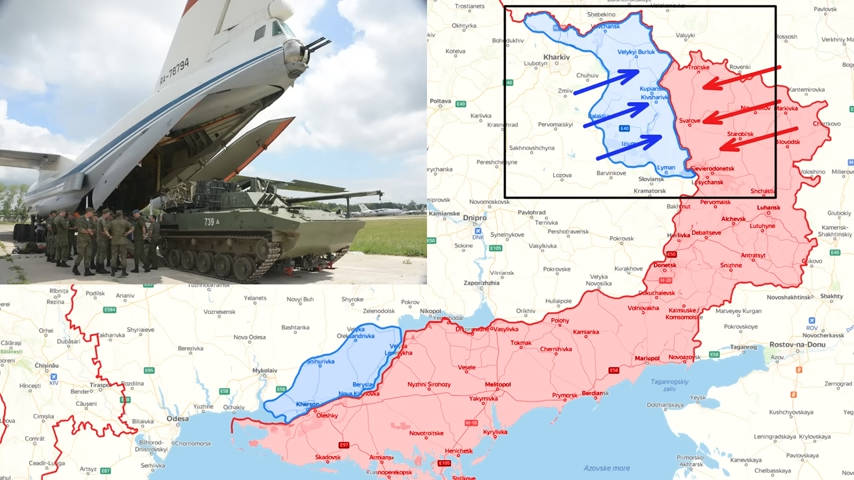
Concurrently, Ukrainians struck another base in the Pskov region. This time, the target was the base of the 104th airborne regiment, a key force during the initial stages of the invasion.
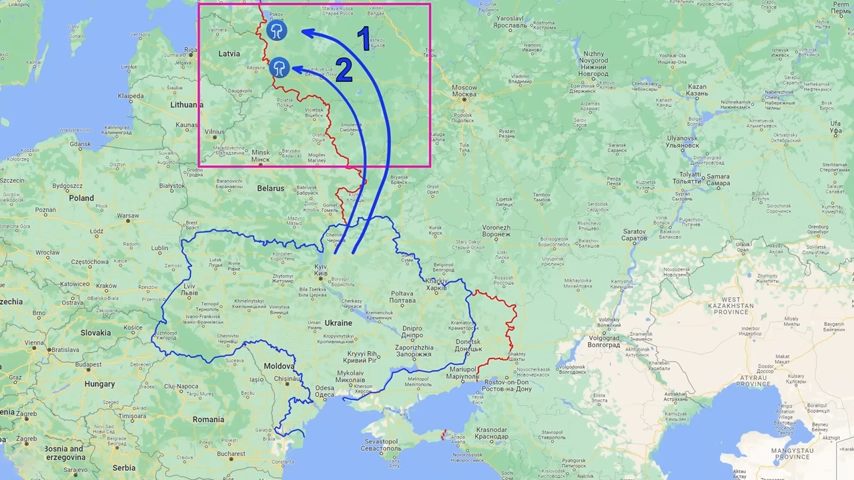
Upon completing operations in the Pskov region, Ukrainians launched an attack on the Bryansk Oblast.
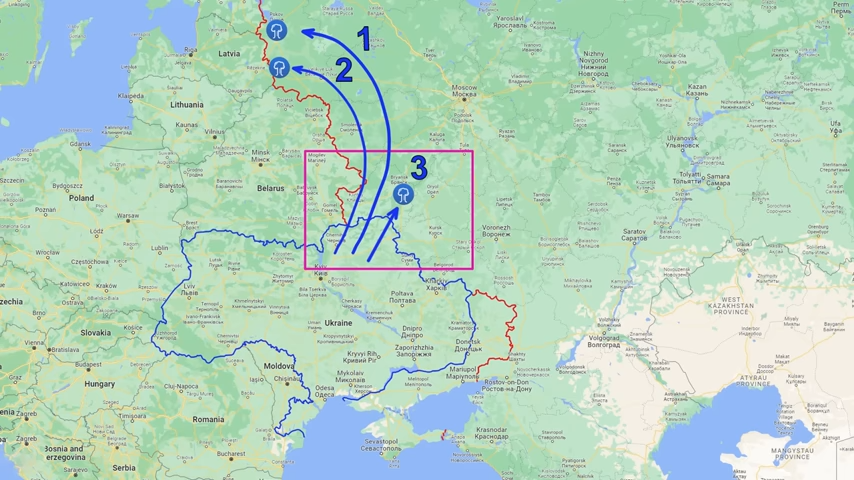
Russian sources reported that Ukrainians launched two drones, both of which were successfully intercepted. Unfortunately for Russia, this marked the commencement of another first wave of attacks.
Later, local residents captured footage of several drones exploding in the vicinity of the Druzhba oil depot. Based on the available footage, at least two successful hits were observed.
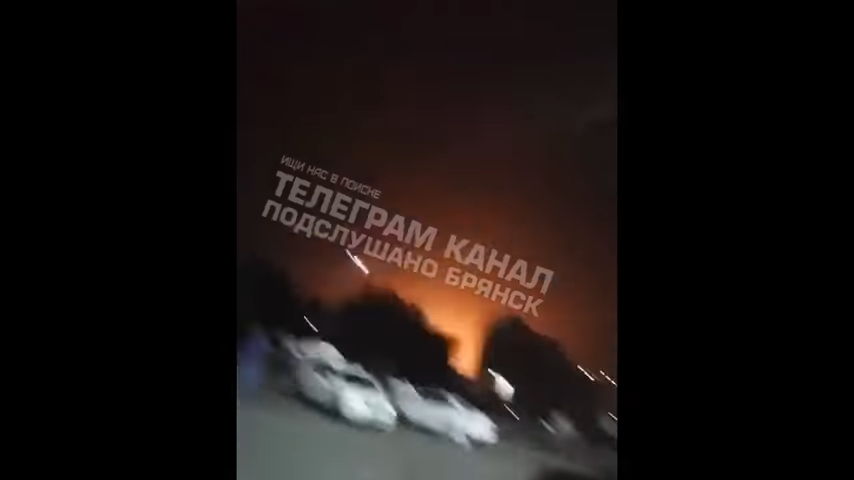
The Ukrainian strike’s fourth target encompassed Russian military installations in the Tula region.
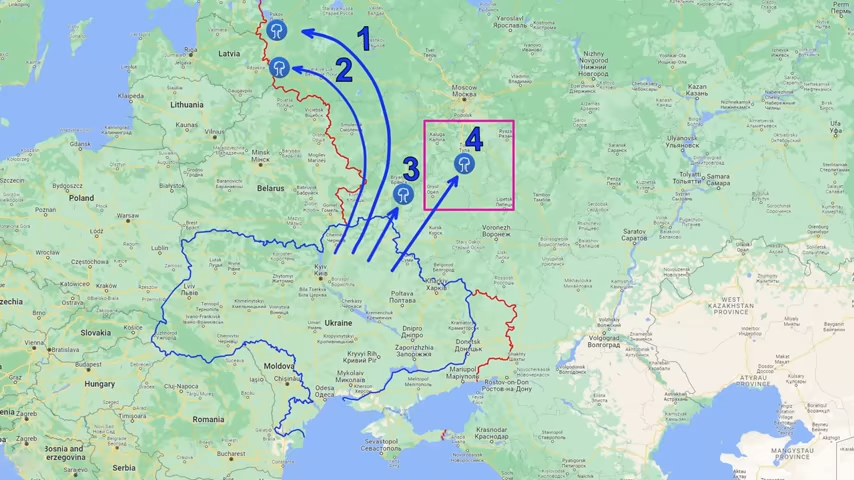
Russian sources once again indicated the interception of two drones by air defense. Local residents shared footage of explosions occurring outside the town where Russian military bases are situated.
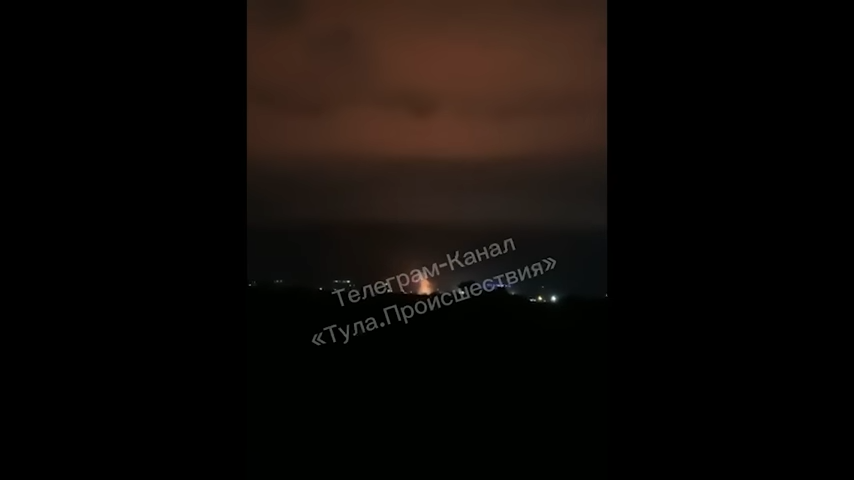
Additionally, a similar attack occurred during the day in Crimea. Ukrainians launched two drones toward Cape Tarkhnkut, both of which were downed. Nevertheless, the second attack resulted in Ukrainians hitting a Russian military installation.

This location had been the site where Ukrainians previously destroyed a Russian air defense system, suggesting that the explosion might stem from a new system replacing the destroyed one. Alternatively, the base itself could have been the strike’s target.
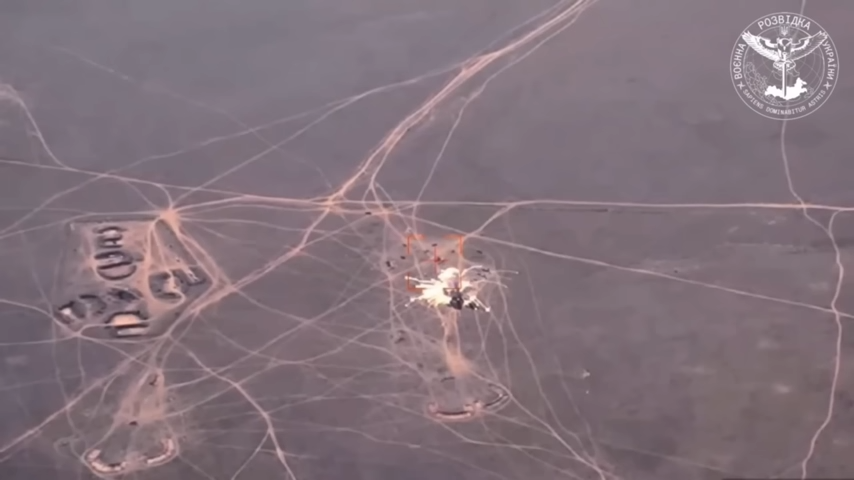
Notably, speculation surrounds the second wave of this attack, suggesting that Ukrainians may have utilized a Neptune missile instead of assault drones.
In summary, Ukrainians executed a large-scale strike on Russian bases from Pskov to Crimea, achieving success in each instance. This outcome results from weeks of trial launches to create a precise map of Russian air defense systems and identify high-certainty targets for destruction.
In our daily frontline report, we pair up with the military blogger Reporting from Ukraine to keep you informed about what is happening on the battlefield in the Russo-Ukrainian war.


